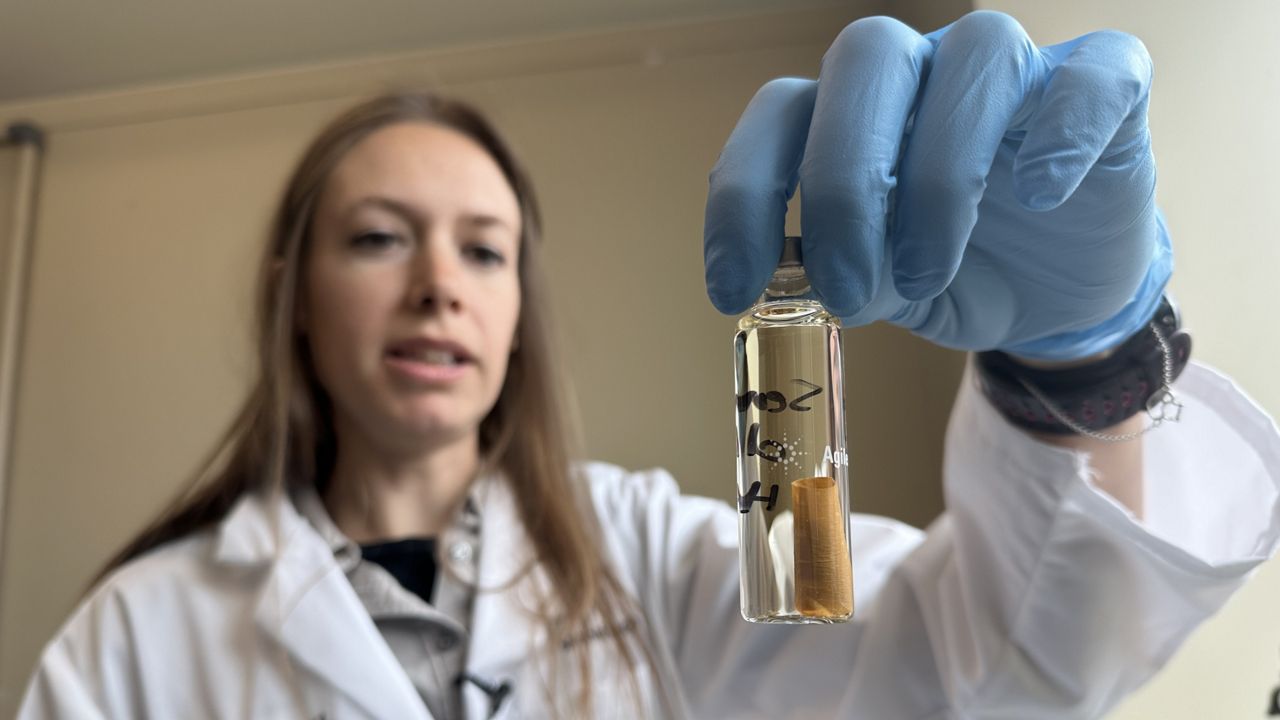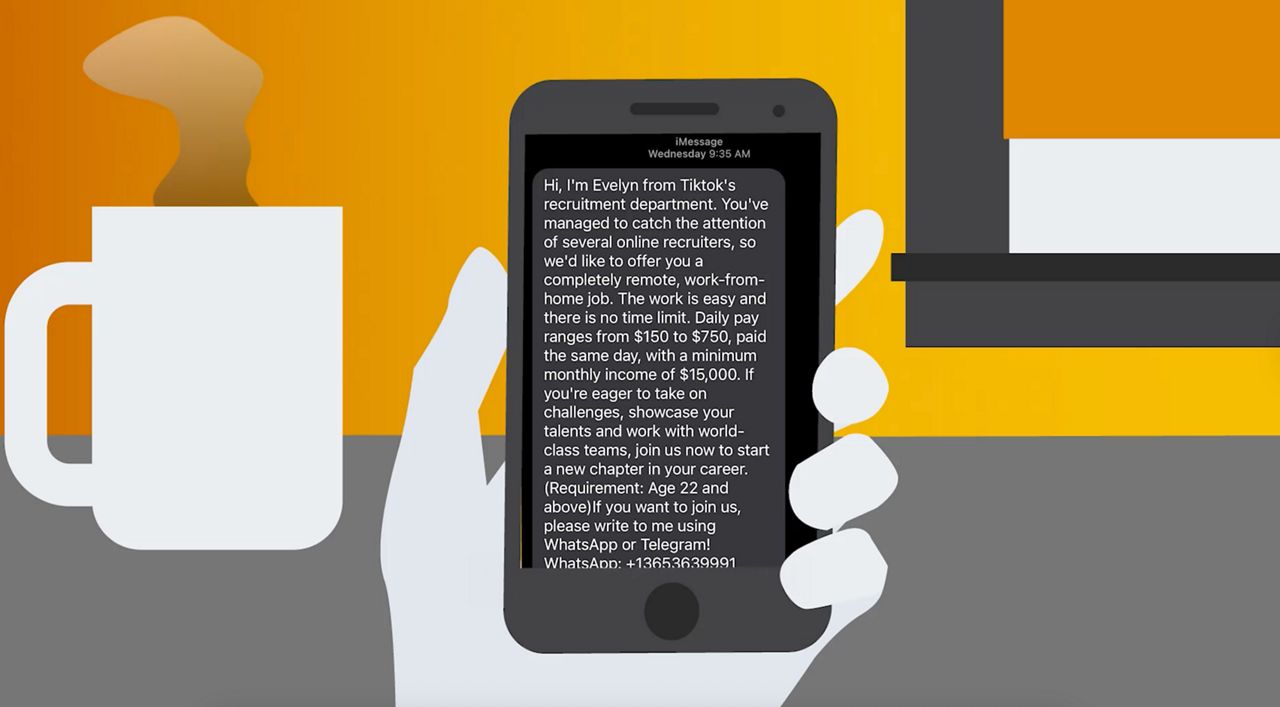More than 8,500 calls per year. That’s what a paramedic unit in the Buffalo suburbs is up against, but they’re getting some help.
"Some people love the adrenaline rush that you initially get when you throw the lights and the sirens on," said veteran Tonawanda Paramedic Jay Napieralski. "The ability to help people consistently is definitely one of the benefits."
The day of your local paramedics is filled with checking gear, paperwork and making sure they have everything that could play a critical role in keeping communities healthy.
"There's some things in here that I still haven't used once in my career," Napieralski added, while looking over his yellow bag of medications. "However, if it's needed, it will definitely be the difference between life and death for somebody."
Whether it’s the rig, radios or other lifesaving equipment, those tools have become more critical over Napieralski's 20 years.
"Different tools they come up with for us to be more proficient in our job. You know, when I started, our technology was rather primitive," he said.
When he started in EMS, he says people waited until it was a dire emergency before they called 911. Now they call early and often.
"Some of our callers are simply giving some people some sound medical advice and pointing them in the right direction of getting the proper care that they need," he said. "Other times, it is it's a very serious medical emergency. And we see that through to the end."
So when the town of Tonawanda got $100,000 in grant money for state-of-the-art cardiac monitors and two new vehicles, it was a big deal.
"Oftentimes, there was only two of us on one truck for the entire shift, so we're one call was we were both going to we couldn't break off and peel off if there was another call," said Napieralski. "Now that we are on separate trucks, we are definitely able to spread out more we're definitely more efficient or more available. We can get to calls more quickly."
When it comes to first responders, time isn’t money. It’s lives. Working alongside the police department, working with the local fire and ambulance companies. It’s getting easier.
"So what used to take us upwards of two to three hours, we could be back within a half-hour, 45 minutes," he explained.
The town of Tonawanda is in a solid place when it comes to serving the community. But many paramedic units and ambulance companies are struggling to stay open and funded.
"The need for paramedics has exponentially risen. Our call volume has more than quadrupled in just my short time being here," Napieralski added.
You can’t put a price on a life, but every dollar that goes into saving one.
"Costs of the equipment that we need to do our job successfully keeps increasing technology is expensive," he said. "Imagine if firemen showed up without a firetruck. They wouldn't be very, very useful. So I would say we're it's pretty similar to our situation. We need we need trucks we need technology we need cardiac monitors. That's how we do our job every day."









